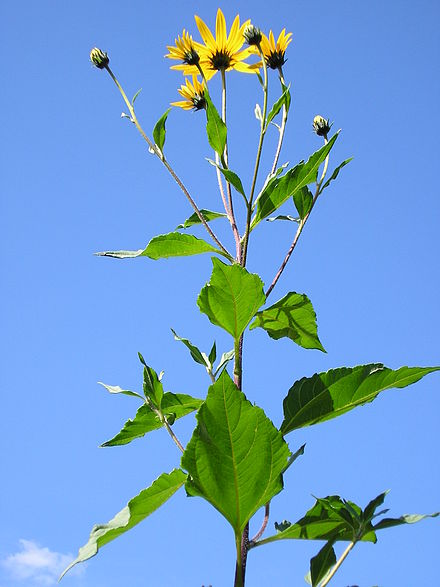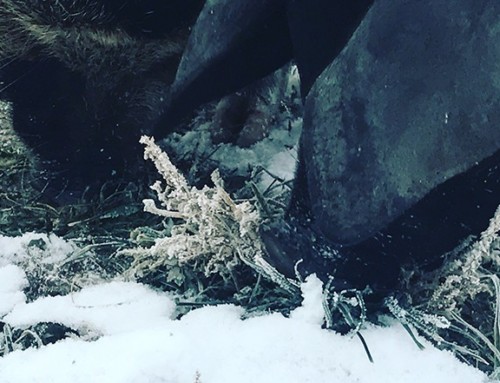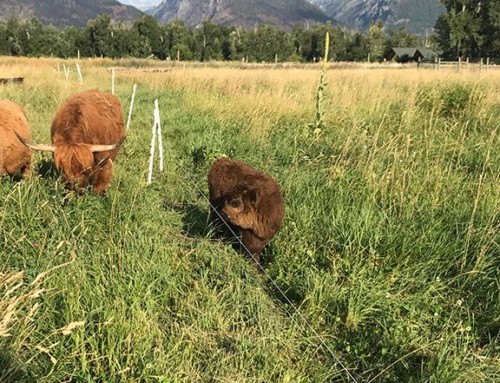In permaculture, we tend to favor perennial food sources more. The efficiency of planting something once, and then enjoying the harvesting of the edible, medicinal, or other usable products makes so much sense to us in terms of work in and harvest out. Especially when that plant is vigorous and productive without much care. The Jerusalem artichoke is a tremendous version of such a plant, with nearly only harvesting being the follow-up care once the planting bed is established. Neither from Jerusalem, nor an artichoke, this plant also going by the name of sunchoke is actually acknowledged as a perennial member of the sunflower family. A native of North America, the sunchoke was cultivated and used as a food source by the indigenous peoples of the land and introduced to the settlers from Europe, which is how it found its way “across the pond,” as it were.
Here at ABC acres, we have come to have an admiration and respect for this prolifically perennial edible. It is the tuber, or roots, of the plant that is the edible part for humans, but livestock will enjoy the substantial sunflower-like leaves and flowers as well, when given the opportunity. The admiration has come from the fact that these edible tubers are much higher in protein and lower in starch than other root crops, adding in a good amount of fiber and trace minerals, making it an ideal forage crop for our herd of hogs. The respect comes from the truth that this plant is hardy, spreads easily without much attention to the point of potential invasiveness, and and is difficult to clear from an area once planted there. In other words, make peace with this plant with a watchful eye and maintain it by harvesting its abundance every year, and you will get along with it splendidly.
Knowing that most varieties of Jerusalem artichokes reach 8-10 feet in height, one can use them for windbreaks and shading for other, less hardy plants, or for the livestock that will enjoy its bounty throughout the year. One should be made aware, however, that if the livestock are allowed to browse on the vegetation before the end of the growing season, it will inevitably reduce the yield of roots come the fall. Of course, you may want to use this method to keep the sunchokes in check a little, or simply cut the small sunflower-like blooms to enjoy as cut flowers in your home. While the roots can be consumed raw, fried, roasted, steamed and more, many recommend slow cooking on low heat or even lacto-fermenting them to break down the inulin form of carbohydartes they contain. The inulin is great for regulation of blood sugar, but if not broken down a bit, can cause gas, which has lead some to not-so-lovingly refer to this tuber as the, “Jerusalem Fartichoke.” Now that you know a bit more about this great perennial native to North America, we encourage you to find some, and plant responsibly!
Blessings,
Grant









